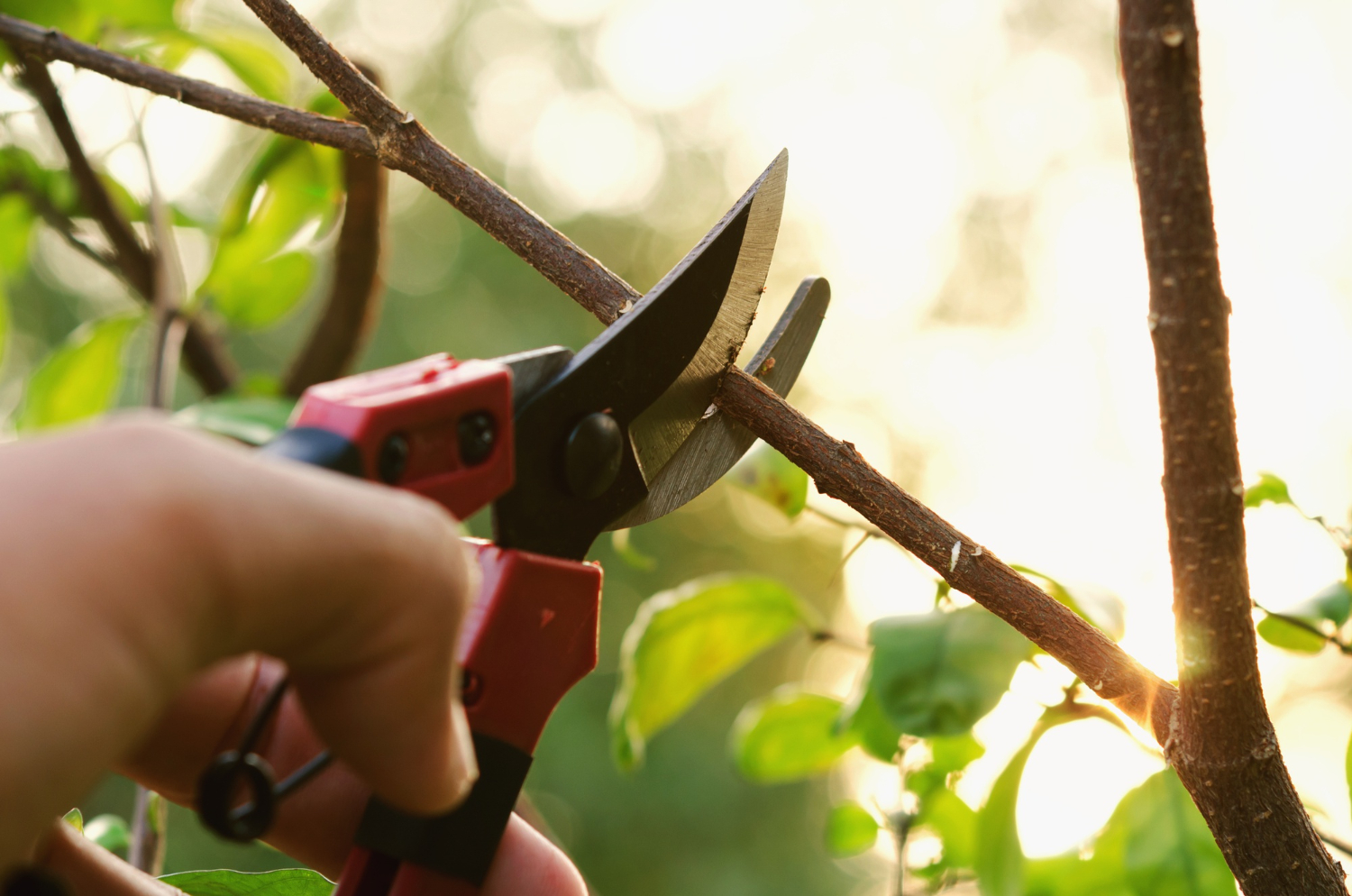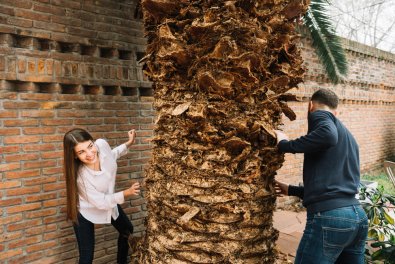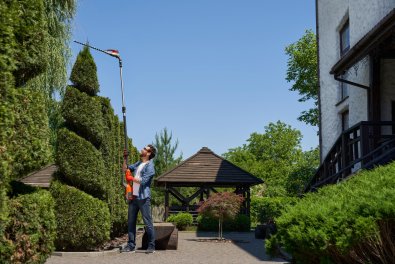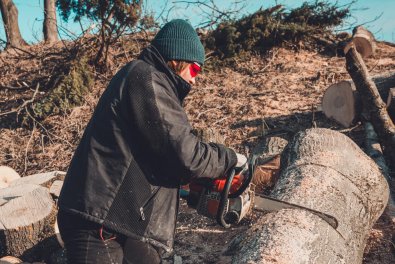The Dos and Don’ts of Tree Pruning
Trees are magnificent entities that require a little care to maintain health, beauty, and safety. One of the most common tree care practices includes pruning, which involves cutting overgrown, decaying, damaged, or dead limbs. While the process may seem straightforward, attempting pruning without the expertise and knowledge can lead to severe damage and premature tree removal. As a reputable tree care company in Snellville, GA, Sesmas Tree Service can inspect your trees and devise tailored pruning plans to achieve the desired results with minimal damage.
The Dos
As mentioned, trees require regular care to ensure optimal health and longevity. Before undertaking such an invasive task, here are the things you should do to ensure success and avoid hazards.
Prune to Establish a Good Structure
A structurally sound tree is protected against limb breakage, failure, and health complications. Strategic pruning is vital in helping trees establish a good structure that supports proper growth throughout. In addition, it is easier and cheaper to prune young trees than fix an old one. A certified tree service can devise a tailored pruning plan to establish a good structure while enhancing curb appeal.
Prune to Reduce Risk
Trees can be valuable additions to your landscape or a liability. As a homeowner, you want your trees to remain healthy, keeping your landscape and the environment in top shape. You can achieve this by removing diseased, dead, and crowded branches. Additionally, water sprouts and suckers can compromise a tree’s well-being, prompting immediate pruning services.
Prune to Maintain Clearance
Over time, tree limbs can grow into structures, parking spots, and other trees. Strategic pruning not only provides clearance but also directs fresh growth away from buildings, reducing the need for future pruning. According to tree service providers, standard tree clearing should be 3 feet from buildings, 8 feet from roofs, 10 feet from chimneys, 8 feet from sidewalks, and 14 feet from roads. Whether you are pruning to reduce risks or establish structure, complying with local clearance guidelines is vital.
The Don’ts
Now that you know the dos of tree pruning, knowing what not to do is also as important. Let’s delve into the don’ts of tree pruning to help you navigate the process successfully.
Don’t Top
A common pruning mistake DIYers make is topping. This involves removing large branches from the canopy and leaving a naked trunk or stub. A common misconception is that topping reduces tree size, minimizing the need for frequent pruning sessions in the future. However, topping causes rapid regrowth and many other problems down the road. These issues include starvation, weak limbs, large pruning wounds, and lower aesthetic appeal.
Don’t Lions Tail
Lion tailing is another common pruning mistake that strips a tree’s inner leaves and branches, creating bare branches with tufted ends that resemble a lion’s tail. This results in branches with heavier ends and likely to break during adverse weather. Additionally, naked branches are more prone to bark damage and sunscald, inviting infestations and infections.
Don’t Over Prune
A rule of thumb is that you should not prune over 25% of a tree’s canopy. Leaves are vital for manufacturing food through photosynthesis, so removing too many in one season can lead to growth problems and pest infestations. If you have a pruning project lined up, it is advisable to consult a trusted tree care company for advice and guidance.
Unlike untrained individuals, certified arborists leverage extensive expertise and specialized equipment to prune trees effectively while maintaining the safety of everyone on the premises and the trees. Contact us at Sesmas Tree Service and schedule a consultation with our experts to access quality pruning services without breaking the bank. Do not let the short-lived benefits of DIY pruning bait you into attempting such invasive tasks. Hire our experts to handle the heavy lifting, from the initial evaluation to pruning and tree removal if necessary.







.jpg)





